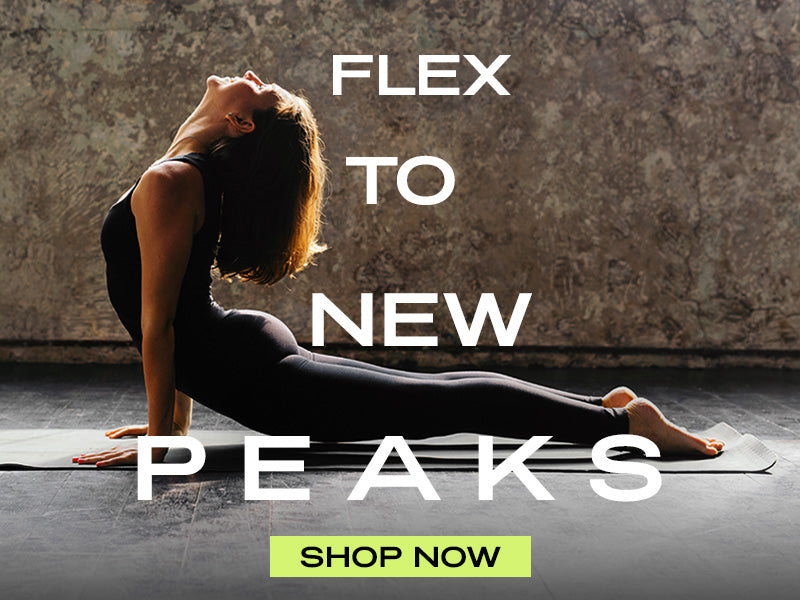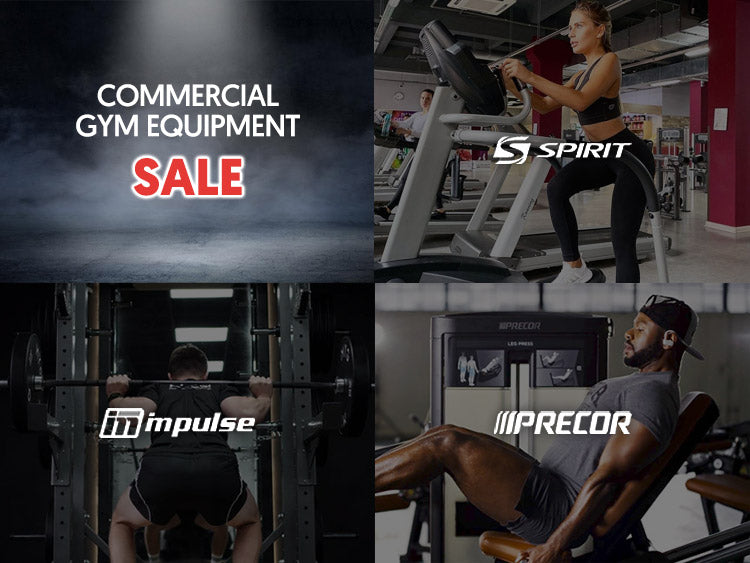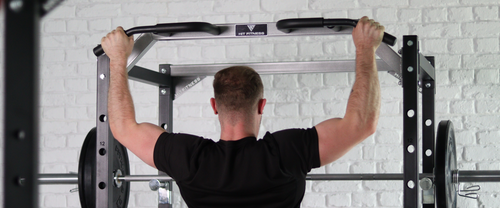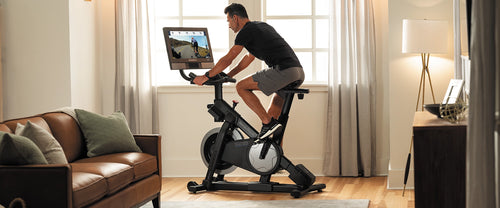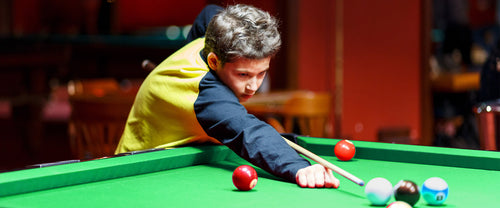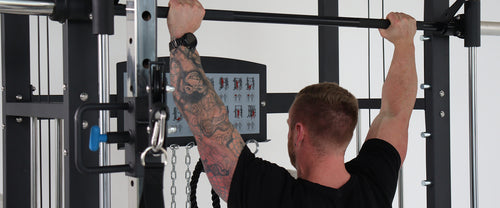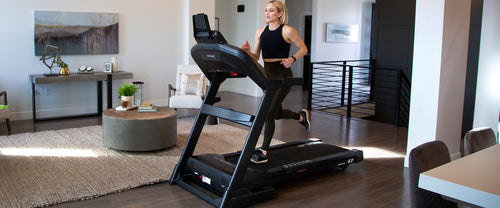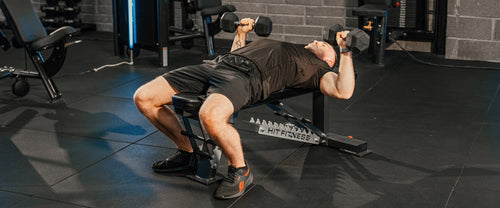In the past five years, bumper plates have risen in popularity. This has stemmed from CrossFit bringing weightlifting mainstream. Since then, they have appeared more frequently in gyms and are becoming the go-to plates to train with.
Getting the best bumper plates to suit your needs can be a daunting task, though. With so many different options on the market, it can be tough deciding which one is best for you. We have put together this article to give you an in-depth view of the best bumper plates to suit your training needs.
What are Bumper Plates?

Bumper plates are a type of weight plate used together with Olympic Barbells. They are made of dense rubber with a steel collar in the middle. The thick and resilient rubber allows for the loading and dropping of barbells during Olympic lifts and compound exercises as the rubber acts as a cushion so that it doesn’t do any damage to the floor or plates.
Bumper plates are becoming more commonly used than tri-grip plates as they feature in various types of training, including CrossFit, Olympic Weightlifting, and strength training. Bumper plates are more expensive than the traditional steel plates but are safer and nearly noiseless during use.
Types of Bumper Plates
There is such a wide range of bumper plates to choose from as they all cater to different levels of athletes. The main two categories that bumper plates fall into are commercial and competition. Focusing on these two, we have broken down the main differences between them.
Commercial plates

These are an entry-level plate that is suitable for people beginning their lifting journey. They are hard-wearing and ideal for a gym environment. The dense rubber offers a lower bounce when coming from a height which makes them perfect if you are a novice practicing new lifts.
They are usually in a matte or glossy finish and are popular because of their likeness to competition plates, but without the steep price tag added.
Competition plates

These are the premium plates that competitive and elite weightlifters use for training and competitions. All competition plates have a set of regulations they must follow. One stipulation is that the weights must be coloured by the International Weightlifting Federation (IWF). The colour scheme is as follows:
· Red - 25kg
· Yellow - 15kg
· Green - 10kg
· White - 5kg
Competition plates also must have a more precise weight accuracy of +/- 10 grams. The tighter collar that comes with competition plates makes it easy to slide the plate onto the barbell and reduce friction while protecting the centre of the plate from repeated impact.
Selecting the right bumper plates

Whether you are training for a competition and need to meet specific standards, or you are just adding weightlifting into your workout, there are some factors to note when choosing a bumper plate. Here are five main points to consider before you begin.
• Sliding
Having a weight sliding back and forth on your barbell can be a hindrance and dangerous. Make sure to get a weight that can easily slide on and off the barbell but keep in mind that there shouldn't be too much room as this will cause the weight to slide around during lifting, which isn't ideal.
• Bend
As the plates are rubber, the lighter weights can sometimes be thin and slightly more fragile than the other, larger, weights simply due to their smaller size. There is a fine line between the weight being too thin and too thick. It may be best to go to a local gym or sports equipment showroom and get a feel of a lighter bumper plate, as when you are using them, they will need to withstand heavy use.
• Durability
In this case, looking at the specification will tell you a lot about the bumper plate. Poorly made bumper plates are prone to cracking, especially if dropped frequently. Inferior quality plates will begin to crack around the centre ring, which can cause an imbalance. An excellent way to see if they are high quality is by looking at the material, diameter, width, and collar opening.
• Bounce
Bumper plates are made to take heavy use and protect your floors when dropped. Even then, though, there should only be a slight bounce in them when they fall. This will save your collars from becoming loose or the plate cracking.
• Training requirements
This comes down to your preference. If you are training for a competition, then using competition plates, even with the strict regulations, is the way to go; if it is for a workout, you can use a standard, commercial plate.
Advantages of Bumper Plates

Let’s discuss the advantages of using bumper plates. While they have been around many years, it is only in the past five years that they have become the norm in commercial gyms. There are three main advantages to bumper plates compared to steel plates or tri-grip plates:
Safety
Bumper plates are a lot safer than steel plates. You can safely drop them from overhead with little risk of damaging the floor, bar, plates, those standing close, and the lifter. (We do recommend your area is clear of others before you begin working out)
They are ideal for heavy lifting such as deadlifts, cleans and snatches as you can safely drop them if their weight is too heavy.
Versatile
They offer workout flexibility. If you are starting and want to work your way up to Olympic level, bumper plates are the way to go. Unlike cast-iron plates, they offer different training options such as weightlifting, powerlifting, and bodybuilding.
Quiet
Bumper plates are far quieter than traditional steel plates when dropped on the floor, making them better for commercial gym use. Using them with rubber matting helps to deaden the sound even more and give added protection to the floor you are working on.
Where bumper plates were once only seen in weightlifting clubs, their benefits and versatility mean that they are a perfect choice to use in the gym. We hope this guide has narrowed down your search and helped you understand the benefits of bumper plates. Want to know more about strength training? Why not check out our Dumbbell buying guide?
